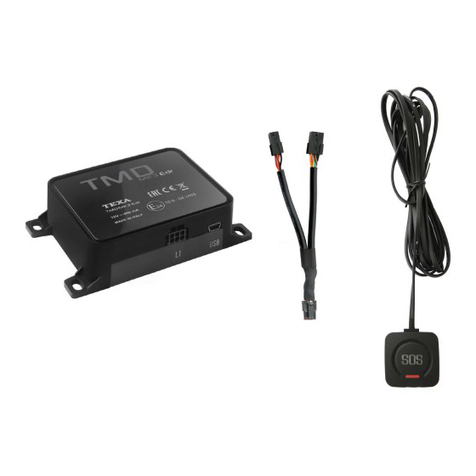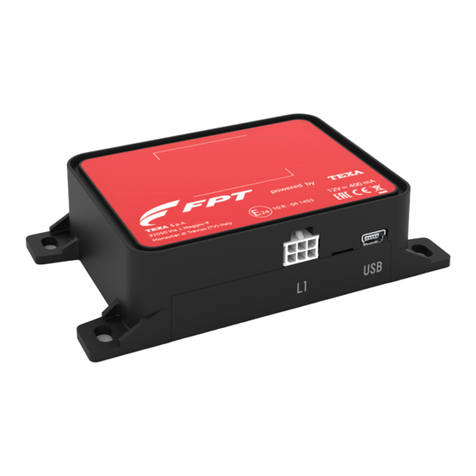
TMD NANO TECHNICAL MANUAL
Introduction
Dear Customer,
We would like to thank you for choosing a TEXA product for your
workshop.
We are certain that you will get the greatest satisfaction from it
and receive a great deal of help in your work.
Please read through the instructions in this manual carefully and
keep it for future reference.
Reading and understanding the following manual will help you to
avoid damage or personal injury caused by improper use of the
product.
TEXA S.p.A reserves the right to make any changes deemed
necessary to improve the manual for any technical or marketing
requirement; the company may do so at any time without prior
notice.
This product is intended to be used exclusively by technicians
specialised in the Automotive industry. Reading and
understanding the information in this manual cannot replace
adequate specialised training in this field.
The sole purpose of the manual is to illustrate the functioning of
theproductsold.Itisnotintendedtooffertechnicaltrainingofany
kind and technicians will therefore carry out any interventions
under their own responsibility and will be accountable for any
damage or personal injury caused by negligence, carelessness,
orinexperience,regardlessofthefactthata TEXA S.p.A. tool has
been used following the information contained in this manual.
Any additions to this manual, useful in describing the new
versions of the program and the new functions associated to it,
may be sent to you through our TEXA technical bulletin service.
5
en

































